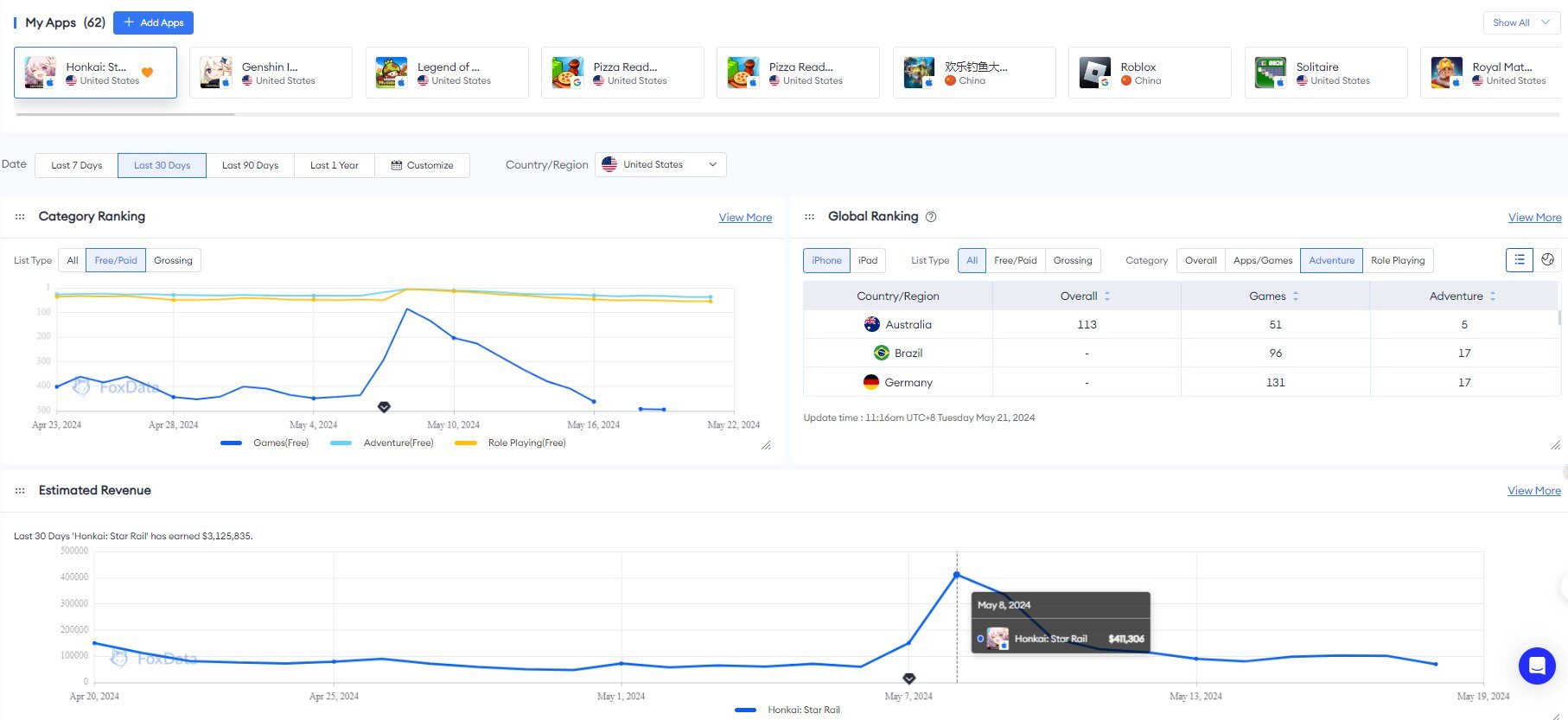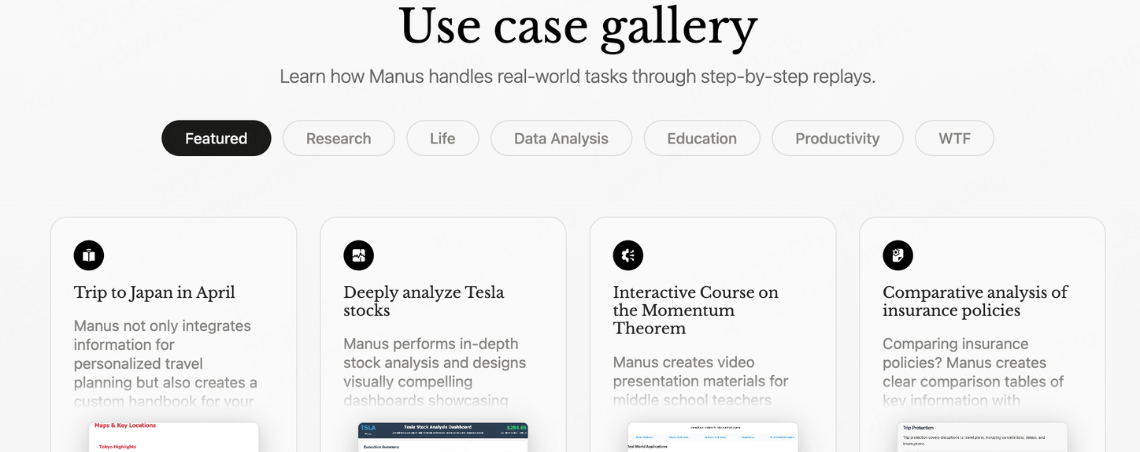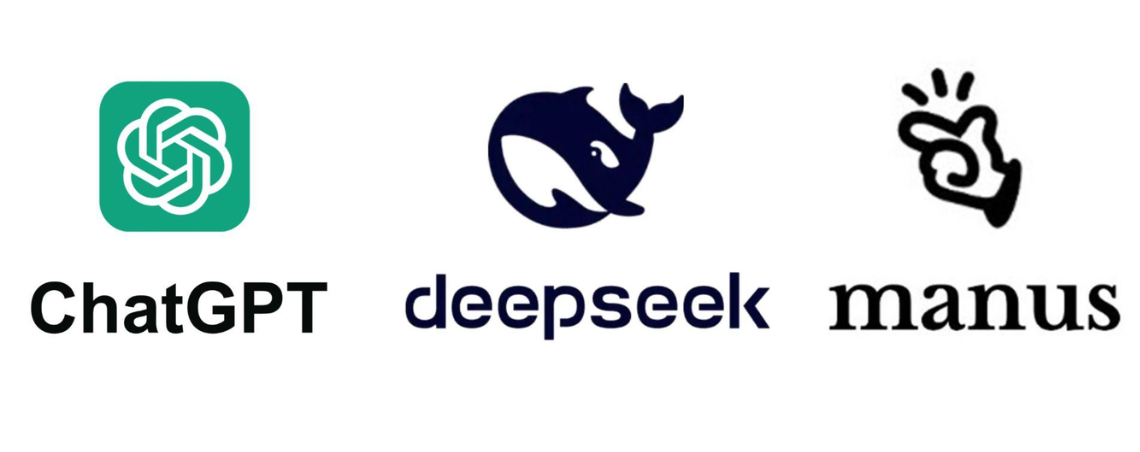
In early March 2025, Manus, a general-purpose AI agent developed by the Chinese startup Butterfly Effect, quickly took the internet by storm, especially in China. Within 24 hours of its launch, Manus became a sensation. But what exactly makes Manus stand out in the crowded world of AI? Is it truly the next big breakthrough, or is its hype simply the result of clever marketing? Let’s take a closer look.
💡Find Out More: 7 Pivotal AI Trends in Marketing for 2024 and Their Implications
What is Manus AI?
Manus AI is a versatile AI agent designed to tackle complex tasks autonomously, from screening resumes to analyzing stock markets and generating PowerPoint presentations. Unlike many AI models that focus purely on text generation or predictions, Manus goes a step further by executing tasks and delivering tangible results directly, rather than just offering suggestions or generating content. It’s marketed as the “first general-purpose AI agent” capable of autonomously breaking down and executing tasks.
What sets Manus apart is its ability to integrate various AI models into a cohesive system, making them more efficient in executing real-world tasks. This integration approach allows Manus to provide a more seamless and practical AI experience.

The Buzz and Scarcity Factor
A major factor fueling Manus’ rapid popularity is its controlled access invitation code mechanism, which has created a sense of exclusivity and scarcity. Demand soared, with secondary market prices reaching up to 50,000 RMB (roughly $6,914 USD) for access codes. The official website even crashed multiple times due to the overwhelming traffic, further intensifying the hype.
Criticisms and Controversies
Despite its popularity, Manus AI has faced criticism:
- Dependence on Existing AI Models: One major critique is that Manus does not offer groundbreaking innovation in AI. Instead, it integrates existing AI technologies, such as Anthropic’s Claude and Alibaba’s Qwen, raising questions about its originality. Some argue that it doesn’t push the boundaries of AI, but merely re-packages existing solutions.
- User Experience Issues: Some testers have found the actual user experience lacking compared to the polished promotional videos. Problems like lag, repetition, and hallucinations (inaccurate outputs) have been noted, leading to concerns about Manus’ reliability and performance.
- Marketing Over Substance: Manus has been accused of relying heavily on social media buzz and Chinese internet hype to drive its popularity, with some critics arguing that it is more about clever marketing than delivering on its promises. Others suggest that some of its showcased features are merely integrations of existing technologies without much innovation.

𝐌𝐨𝐛𝐢𝐥𝐞 𝐆𝐚𝐦𝐞 𝐃𝐚𝐭𝐚 𝐀𝐧𝐚𝐥𝐲𝐭𝐢𝐜𝐬 𝐓𝐨𝐨𝐥 𝐟𝐨𝐫 𝐅𝐑𝐄𝐄
With deep data analysis, check out the performance of your favorite games and their competitors! Estimated downloads, revenue, category ranking, global ranking, ASO Impact Analysis, etc. All you want to know is here!
What Sets Manus Apart?
While Manus may not be pioneering new AI models like DeepSeek, it brings a unique approach to task automation and integration. Here’s how it stands out:
- Task Integration: Manus excels at integrating multiple AI models to complete real-world tasks. Instead of just generating a report, it breaks tasks into smaller steps and uses different AI tools for each part, such as analyzing data and generating the final output.
- Advanced Task Planning: Manus is skilled at breaking down tasks into actionable steps and executing them in a logical sequence. This makes it particularly useful in areas like business analytics, project management, and workflow automation—where effective task execution is just as important as problem-solving.
- Memory and Tool Use: Manus can remember past interactions and adjust its actions accordingly. This ability makes it more efficient for long-term tasks and ongoing projects, as it adapts based on previous input.

👉 Read More: How Is The DeepSeek AI App Performance In App Stores?
Manus’ Technological Foundation: QwQ-32B LLM
At the core of Manus’ technology is the QwQ-32B LLM, released around the same time. This model features two key innovations:
- Long Chain-of-Thought Reasoning: Rather than jumping straight to conclusions, Manus breaks down complex problems into smaller steps, akin to “showing your work” in math. This approach helps the AI make more accurate, logical decisions by considering each part of the task before moving on to the next.
- Action Planning: Beyond merely thinking or generating responses, Manus is capable of executing tasks in a logical order, following a clear set of actions. This makes it more suitable for practical, real-world applications like business analytics or workflow automation.
Manus vs. DeepSeek: The Controversy
While Manus may not showcase the same level of LLM innovation as competitors like OpenAI’s ChatGPT or DeepSeek, it represents a new generation of AI agents focused on actionable results and efficient task execution. Unlike DeepSeek, which specializes in deep learning and data processing, Manus aims to complement and enhance the broader AI ecosystem rather than directly compete with other cutting-edge models.

Conclusion:
Manus AI may not be a revolutionary breakthrough, but it represents a step forward in practical AI applications. By combining different technologies, it can efficiently handle real-world tasks. Although it has faced criticism for relying on existing models and some user experience issues, its focus on task planning and integration makes it a valuable tool for certain use cases.
While it may not be the next DeepSeek, Manus is carving a niche for itself, particularly for businesses seeking easy-to-use AI solutions. Its success will depend on how well it refines its capabilities. The coming months will reveal whether Manus can live up to the hype or fade into obscurity.
Sign up for FoxData’s new feature, AI Review Summary, which helps users efficiently extract insights from large volumes of feedback, keeping businesses ahead in a competitive market.
➡️ Learn More: FoxData’s Latest Update: “AI Review Summary” and “Keyword Explore”









